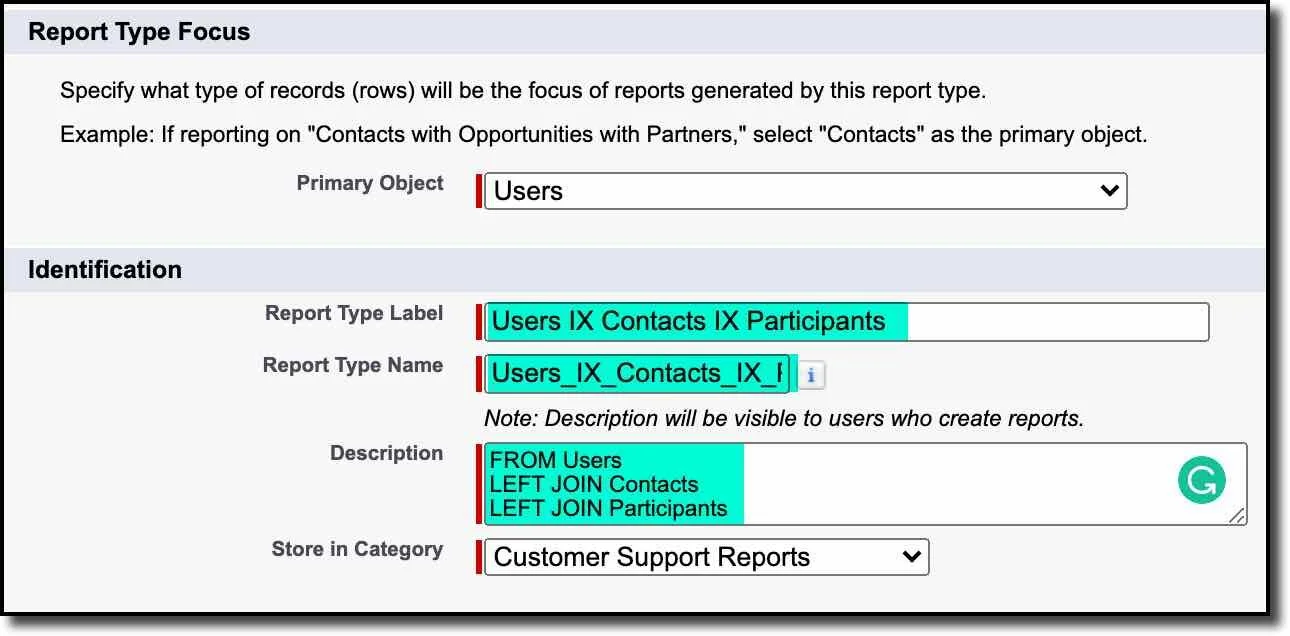A Mobile-first Approach to Elegant Interfaces
A mobile-first development paradigm focuses on developing functionality for mobile devices first and desktop devices thereafter. A mobile-first strategy is based on the premise that once the mobile design questions are answered, designing for other devices will be easier. - UXPin
Conversely, a desktop-first paradigm starts with development for desktop and laptop devices and then strips away features to fit on smaller form factors and to account for the lack of “on-hover” functionality.
Given that the vast majority of my company’s users use desktop devices to access their accounts, I was hesitant to adopt a mobile-first approach. In essence, our mobile app was more of a benefit to our sales department than it was to our external users. Our clients were asking for a mobile app, but few of them actually wound up installing it.
However, I’ve come to realize that a mobile-first approach is not necessarily based on the premise that mobile is the most important interface to your user base. There’s another more important consideration - simple and elegant interfaces.
Since mobile devices have such limited real estate, product managers are forced to focus on only the most important features in a mobile-first environment. This leads to keeping the interfaces simple and sleek. Conversely, with a desktop-first paradigm, insignificant features become harder to strip away for the mobile experience, thus creating afterthought-looking apps.
A desktop-first strategy is counterproductive to creating simple and elegant designs that delight users. With so much real estate on the desktop, it’s way too easy to add features that overcomplicate the UI. A feature-stuffed UI gives an old-school, institutional feel that tech-savvy users reject (think “OK Boomer”).
Lastly, with a desktop-first approach, software engineers often forget about testing on mobile devices. This might not lead to bugs perse, but it will definitely lead to awkward user experiences.
In Summary, a mobile-first paradigm isn’t just about focusing on the interface that your user base uses most. Instead, it’s about keeping your desktop and mobile interfaces looking simple and elegant.






